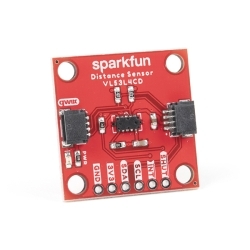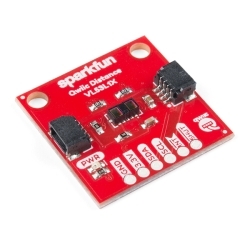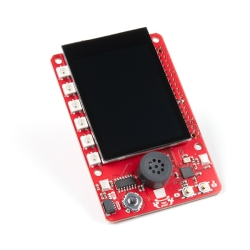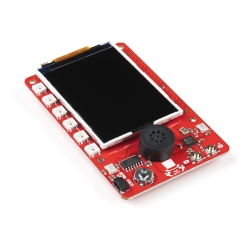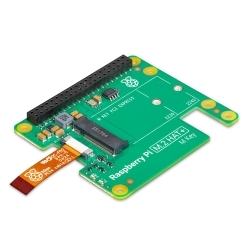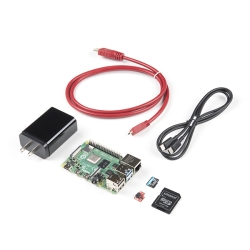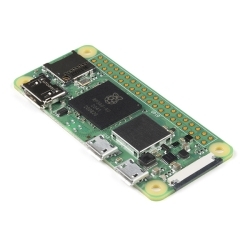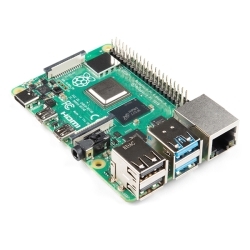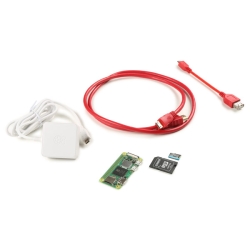SparkFun Pulsed Radar Breakout - A111
The SparkFun Pulsed Radar Breakout provide you with a high-precision distance measurement unit with reliable speed, motion, or gesture-sensing capabilities
Helpful Documentation
Product Overview
Does your project require high-precision, cutting-edge distance measurement? Or maybe speed, motion, or gesture-sensing? We're not talking about simple ultrasonic or even infrared here, but 60GHz radar! Well say hello to the SparkFun A111 Pulsed Radar Breakout! The A111 is a single-chip solution for pulsed coherent radar (PCR) and comes complete with an integrated antenna and an SPI interface capable of clock speeds of up to 50MHz. Though the A111's primary use case is distance-sensing, it also supports applications in gesture, motion, material, and speed-detection at distances of up to two meters.
SparkFun Pulsed Radar Breakout for the A111 includes a 1.8V regulator, voltage-level translation, and it breaks out all the pins of the pulsed radar sensor to both 0.1-inch and Raspberry Pi-friendly headers. The Pulsed Radar Breakout is designed to sit directly on top of a Raspberry Pi but it doesn't span all 40 (2x20) pins of a Raspberry Pi B+ (or later), but the 26-pin -- 2x13 -- header should be compatible with any Pi.
Acconeer has developed a visualization tool written in Python that demonstrates data collection in real time. It's called the Acconeer Exploration Tool and is an incredible resource when first starting out with the A111 Pulsed Radar. As an example it will graph distance or presence sensing, giving you a count of the number of sweeps, which communication port (SPI or I2C) data is being sent through, and much much more. The tool supports both Windows and Linux and requires Python version 3.6 or later. This tool is available through their GitHub Repository, go on over a take a look!
Note: The A111 Pulsed Radar Breakout does not include a Raspberry Pi. This will need to be purchased separately.
Features & Specs
- 60 GHz Pulsed Coherent Radar (PCR) sensor
- Integrated antenna
- Measurement distance up to 2m
- Accuracy down to mm-range
- SPI interface -- up to 50MHz SPI clock support
- All SPI pins broken out
- On-board 1.8V voltage regulator
- 1.8V level translation to any voltage between 1.8V-5V
- Bypass jumper
- PTH for VCCIO
- Bypass jumper to set VCCIO to VIN
- Silkscreen name change for input voltage (5V => VIN)
- Improved logic level translation on the Raspberry Pi side
Customer Reviews

Stock and Customer Discounts
Available Discounts
- $57.90 | 10+ units
- $54.86 | 25+ units
- $51.81 | 100+ units

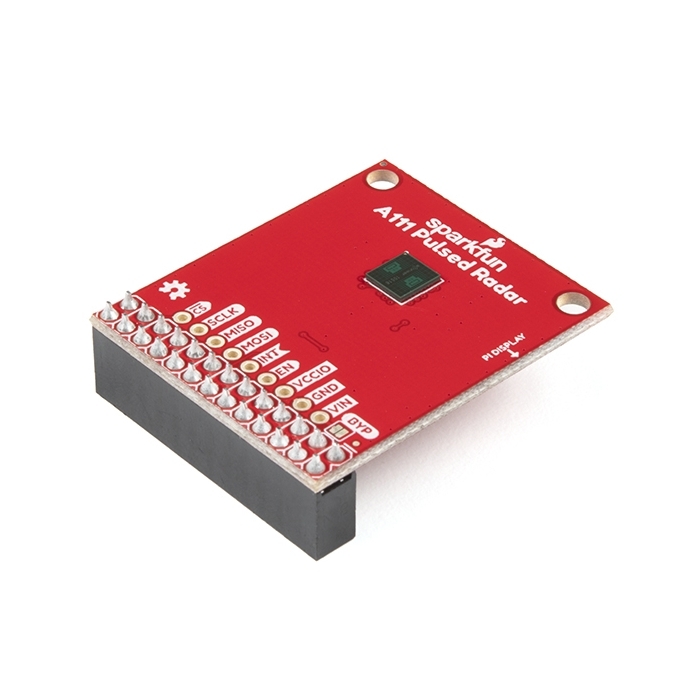
 Schematic
Schematic
